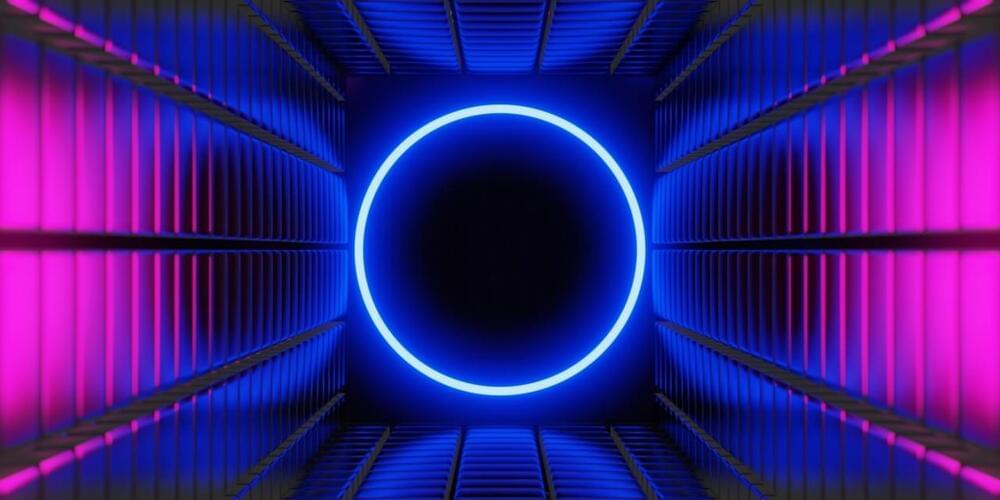Biomedical researchers working with lambs got promising results from an experiment designed to prevent the health problems associated with premature births.
»»» Subscribe to The National to watch more videos here:
Voice your opinion & connect with us online:
The National Updates on Facebook: https://www.facebook.com/thenational.
The National Updates on Twitter: https://twitter.com/CBCTheNational.
The National Updates on Google+: https://plus.google.com/+CBCTheNational.
»»» »»» »»» »»» »»»
The National is CBC Television’s flagship news program. Airing seven days a week, the show delivers news, feature documentaries and analysis from some of Canada’s leading journalists.





